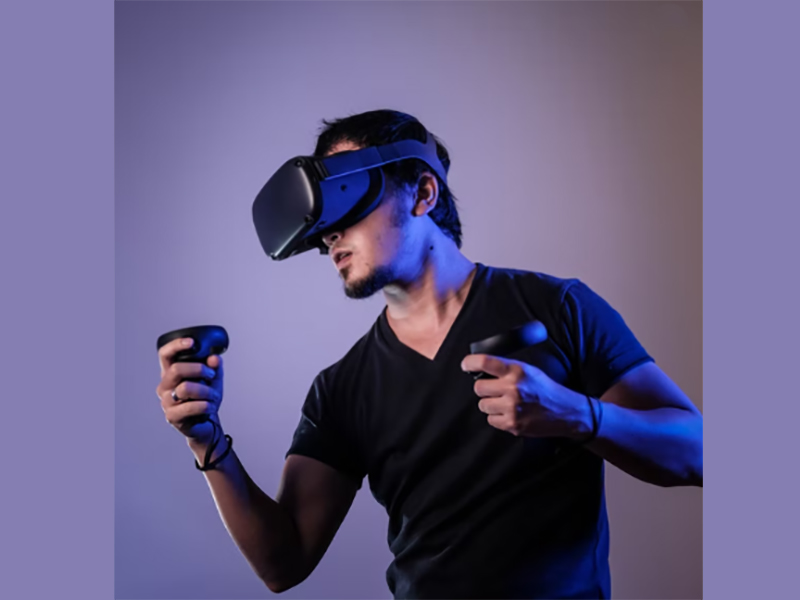IBNS/Change is coming, a prediction that always comes true. Yet some changes, like waves, are bigger than others. If one were to look at our moment from the vantage point of 50 years in the future, how would our version of the internet be defined? They would point to the arrival of smartphones, which put a supercomputer in everyone’s pocket, bringing the world online in a way never before possible.
And they would point to the arrival and impact of social media, aka “Web2.0”, that enclosed us all algorithmic digital gardens and content streams. Yet these will likely be thought of as footnotes when looked at in the context of the arrival of Web3, a slew of technologies from NFTs to virtual reality, that are poised to turn the way we use the internet on its head.
 Image: Pixabay
Image: Pixabay
NFTs
It seems virtually everywhere you look you run into NFT profile pictures, NFT digital items, storefronts, promotions and competitions. Some NFT collections, such as the Blind Ape Yacht Club, have even achieved break-through status, becoming a pop culture phenomenon. However all of this is just the tip of the ice-berg, and the diverse ways that NFTs are being implemented are highly suggestive of them marking a paradigm shift in the way we use the internet. This is because they hold out the promise of creating scarcity and uniqueness in the digital space, something that was lost (if it ever really existed), in the wake of the 2000s clamp down on digital media piracy.
It’s for this reason that Jack Dorsey was able to sell the first ever tweet, and why Beeple could make $69 million overnight from selling his art collection. Waves are being made in the sporting world, following the arrival of NBA Top Shot and NFL All Day — just two of the leading lights in a phenomenon that looks set to reforge how people think about sports memorabilia.
Will the bubble burst, though? It’s an intriguing question, and one that no one can answer right now. The fact of the matter is, it’s impossible to tell whether the degree of speculation and investment NFTs are experiencing are a true fit for what the technology promises in the long run. This is not like the dot-com boom, as we live in a far more integrated and online world. The case for NFTs is solid, it’s just that it will take time to see in what ways they end up being most practical and accessible to the general public. Further questions are being raised about the potential fallout and impact of so-called hard forks in the blockchain protocols that underpin the core tech of NFTs. As the ways and means by which NFTs are stored on the blockchain grow more complex, issues of ownership could arise, with multiple users claiming minted NFTs for the same item. However, this remains unlikely to become a major issue as soft forks — which maintain compatibility between the various nodes, are much likelier.
 Image: Pixabay
Image: Pixabay
The Metaverse
Perhaps the only buzz word that can match NFTs today, and the only one that is even more nebulous and obscure. Ask the average person what the metaverse is, and they will point to Facebook’s rebrand as Meta, which is exactly what Mark Zuckerberg was hoping for. Yet the metaverse is a concept much bigger and broader than Facebook’s attempt to cast a net over it implies. It’s effectively the return of that dream of the early 90s, cyberspace. It failed last time round because the technology was nowhere near ready (we didn’t even have web-browsers!) But now, we live in a world where upwards of 90% of the global population own a smartphone and VR isn’t just a fad, but a real technology coming on leaps and bounds. While we’re a few years off the arrival of the metaverse yet, it promises to change the way we think about, and use, the internet forever.





